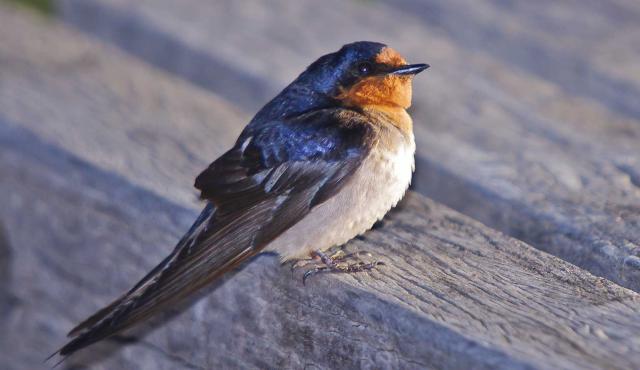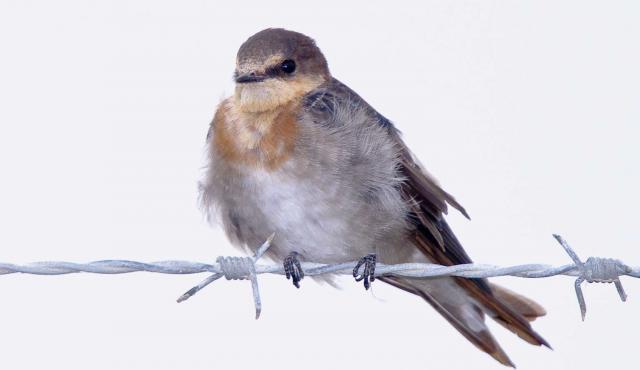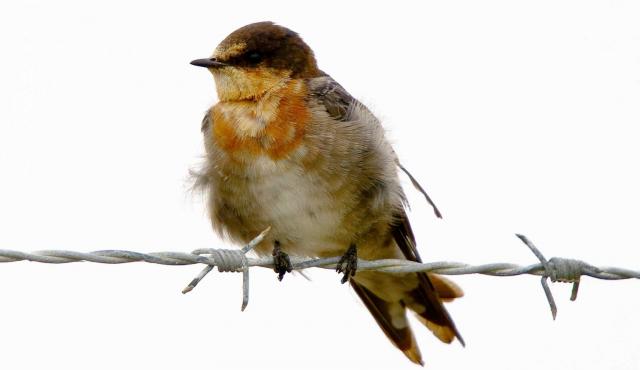A range of teacher professional learning programs will be developed to accompany the Biodiversity of the Western Volcanic Plains online outreach...





Welcome Swallow
Hirundo neoxena
Breeds August-December. Builds an open cup nest of mud and grass, often under bridges and verandahs. The female incubates the eggs but both male and female build the nest and feed the young.
| Details | Description |
| Type | Bird |
| Group | Swallow |
| Other Common Names | Australian or House Swallow |
| Identifying Characteristics | |
| Distinctive Markings | A metallic blue-black bird with a distinctive rust coloured face, throat and upper breast. |
| Diet | Carnivore, feeding on a wide variety of insects generally caught in flight. |
| Habitat | Grasslands, open woodlands, rivers, wetlands and urban areas. |
| Native Status | Native to Australia |
| Sounds | Squeaky chattering "tseip-tseeeip". |
| Taxonomy | |
| Phylum | Chordata |
| Class | Aves |
| Order | Passeriformes |
| Family | Hirundinidae |
| Genus | Hirundo |
| Species | neoxena |

Distribution maps indicate current and historic locations where species have been sighted.
Source: Atlas of Living Australia
| Conservation Status | |
| DEPI Advisory List | Not listed |
| FFG Act | Not listed |
| EPBC Act | Not listed |
The conservation status of species is listed within Victoria and Australia.
The Department of Environment and Primary Industry (DEPI) Advisory List consists of non-statutory advisory lists of rare or threatened flora and fauna within Victoria.
The Flora and Fauna Guarantee Act 1988 (FFG Act) lists threatened species in Victoria. Under the Act, an Action Statement is produced for each listed species.
The Environment Protection and Biodiversity Conservation Act 1999 (EPBC Act) is the Australian Government’s key piece of environmental legislation, listing nationally threatened native species and ecological communities.



